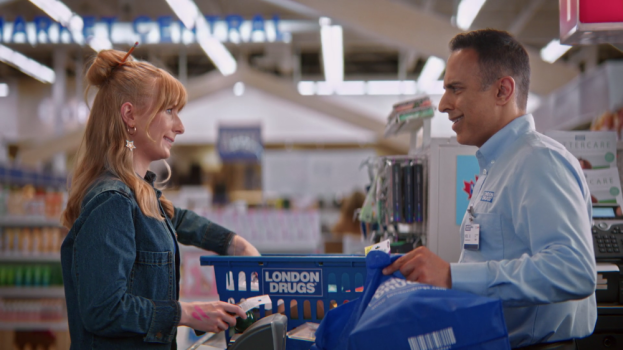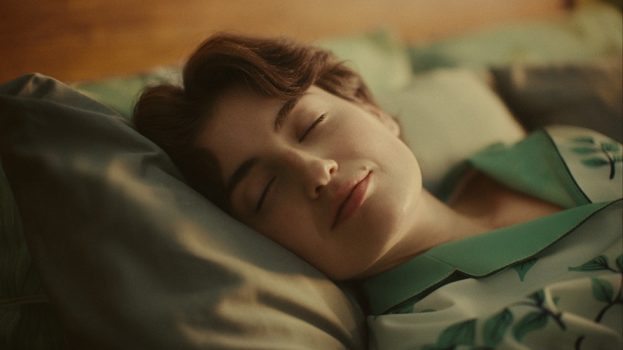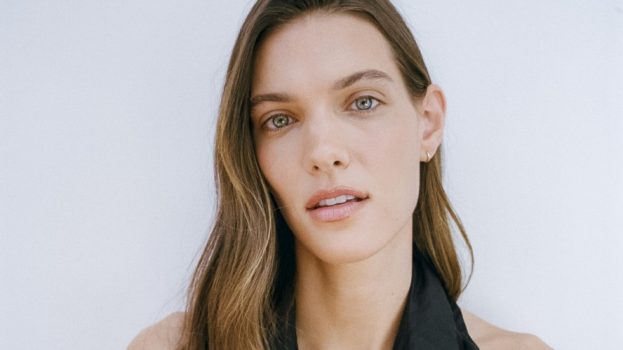At last week’s World MasterCard Fashion Week in Toronto, Maybelline New York experimented with Google Glass to find ways it could incorporate wearables into its growing technology strategy.
Maybelline’s lead makeup artist, Grace Lee, wore Google Glass as she worked during Fashion Week, creating point-of-view makeup tutorial videos on Maybelline New York Canada’s YouTube page. In addition to Lee, members of Maybelline’s team, working with PR firm ROI Relations, took the tech outside of the makeup booths and tested out its capabilities for things like social media use during the event, all of which was found under the hashtag #MNYGlassPass.
[iframe_youtube video = “29p-70dh22A”]
Katie Green, director of communications for Maybelline New York, Essie, Garnier and Ombrelle at L’Oréal, says she was inspired by similar uses of Google Glass at New York Fashion Week.
“We have done tutorials in the past with well-polished video, but this time we really wanted that point-of-view authenticity,” Green says. “Sixteen- to 34-year-olds is that demo we are looking at, and we know they are online and looking for interesting content. And it’s becoming a tougher and tougher market for an authentic brand voice there.”
Green says using Google Glass at Fashion Week is also an experiment in how it could be used at future events for Maybelline and L’Oréal’s other brands, which are increasingly utilizing tech. At TIFF this year, L’Oréal bowed new tech for tutorials when it demoed a version of its upcoming Makeup Genius app, which takes a photo of users and allows them to preview how different styles and products would look on them using facial recognition.
“It’s a L’Oréal-wide priority to be doing things in the digital landscape,” Green says. “We know, especially in beauty, our consumers are online. Where they want to get that info online is through video tutorials. We want to be really relevant in that space and be a fun, young, acceptable brand.
“We’re definitely looking at this as longer-term possibilities,” Green says. For example, she says they could explore using Google Glass for a myriad of purposes, such as filming a behind-the-scenes cover shoot.
The next step is not just to find new ways to activate at events, but to eventually bring this to the consumer level and see how it could play out at a store level. Last month, competitor Yves Saint Laurent experimented with makeup artists using Google Glass as they worked on clients in its New York and London stores, who could then have the video emailed to them as a personalized tutorial.
Green adds that part of the overall tech strategy is not only its functionality in audience outreach, but in prestige and creating a “fun environment.”
“This is happening right now and is so relevant – [Google Glass] hasn’t even launched in Canada. Anyone can get a GoPro and stick it on their head, but not everyone has access to this.”
























